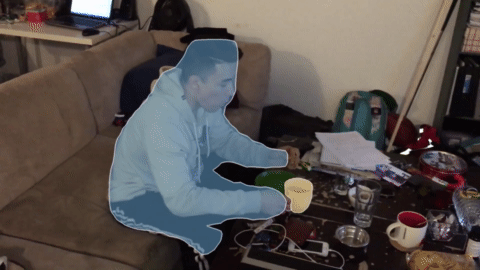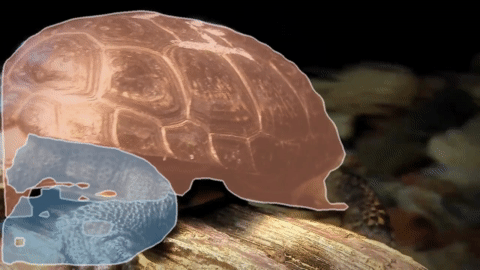Abstract
Video analysis is the task of perceiving the world as it changes.
Often, though, most of the world doesn't change all that much: it's
boring. For many applications such as action detection or robotic
interaction, segmenting all moving objects is a crucial first step.
While this problem has been well-studied in the field of
spatiotemporal segmentation, virtually none of the prior works use
learning-based approaches, despite significant advances in
single-frame instance segmentation. We propose the first
deep-learning based approach for video instance segmentation. Our
two-stream models' architecture is based on Mask R-CNN, but
additionally takes optical flow as input to identify moving
objects. It then combines the motion and appearance cues to correct
motion estimation mistakes and capture the full extent of objects.
We show state-of-the-art results on the Freiburg Berkeley Motion
Segmentation dataset by a wide margin. One potential worry with
learning-based methods is that they might overfit to the particular
type of objects that they have been trained on. While current
recognition systems tend to be limited to a "closed world" of N
objects on which they are trained, our model seems to segment
almost anything that moves.



